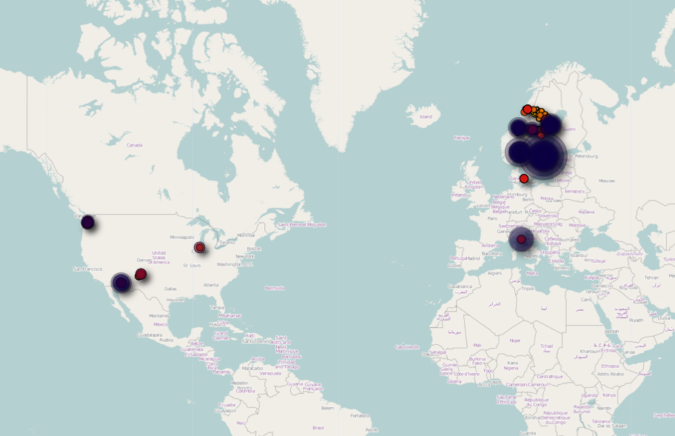The place appeared suddenly and unexpected on my phone’s screen as we were driving through one of the less populated regions of the Northern Swedish countryside. “The little island in the middle of the lake,” read an entry in the smartphone app Gowalla, listing nearby points of interest. There weren’t many such points along the section of the European Route E10 road we were on, in a region with a very low population density and mostly flat stretches of industrial forest plantations. The road connects the industrial city Luleå in Sweden (home of Facebook’s massive new data center, cooled by the northern climate and powered by cheap local hydropower) and the picturesque fishing village Å at the very tip of the Lofoten Islands in Norway. On the way there, the road passes through mountains and arctic tundra, boreal forests and lake-dotted plains. As we passed through this landscape by car, however, we were mostly struck by the monotony of it all. Our car was filled to the brim, children and dogs and all. Halfway through the two-day trek to see family in Norway, my wife was at the wheel. I was fiddling around with my brand new iPhone, which truly seemed a magical product after years with Nokia and Sony Ericsson phones. The large touchscreen, the integrated GPS, and the 3G data connection made the phone a window to the world where data and the physical finally coexisted and interacted in a way that felt right to me. It was also a window into the behaviors of other people accessing this world. Someone—I do not know who—had used Gowalla to tag this little island in the middle of the lake as a point of interest, and so the island became interesting to me. The chance meeting with this island, which existed to me only as a data point, has remained in my mind for years. What did the existence of…
The more you give to a social network, the more vulnerable you are to its obsolescence. Archived version of a text published with The Atlantic in 2014.



